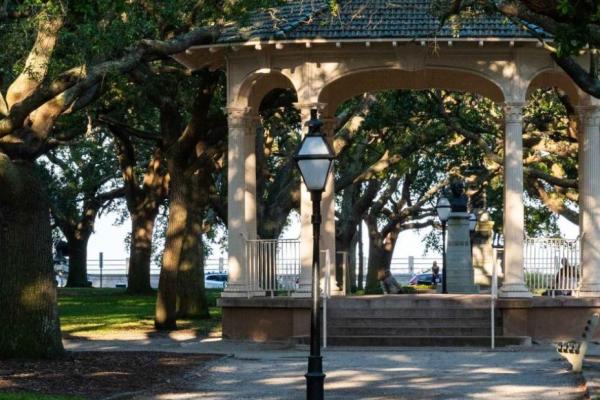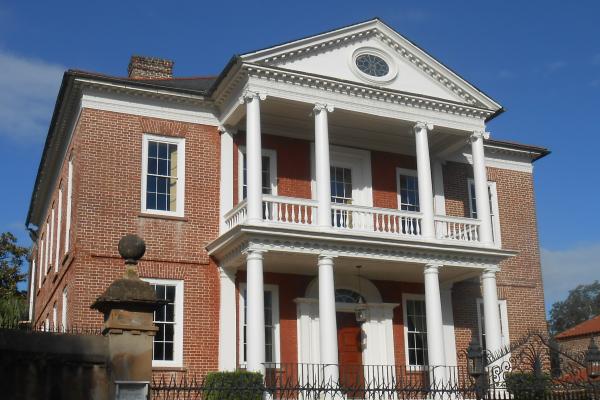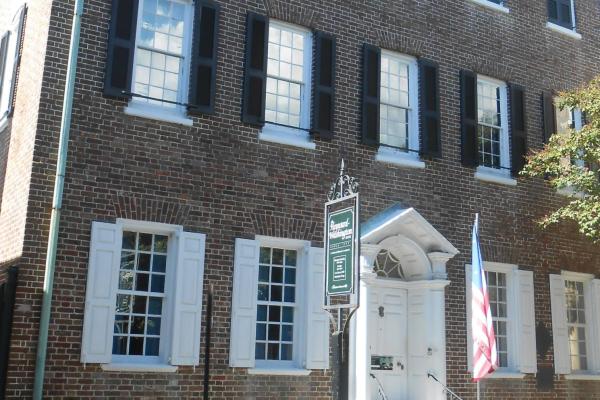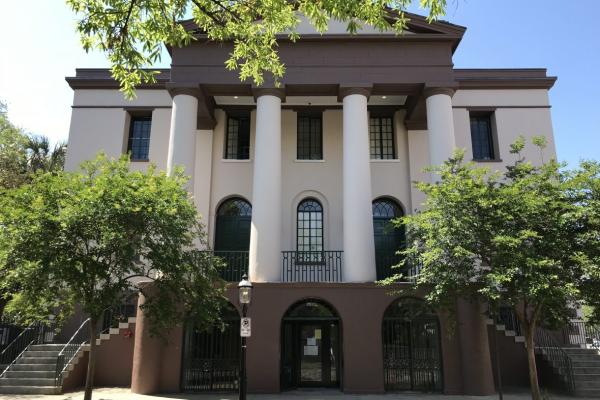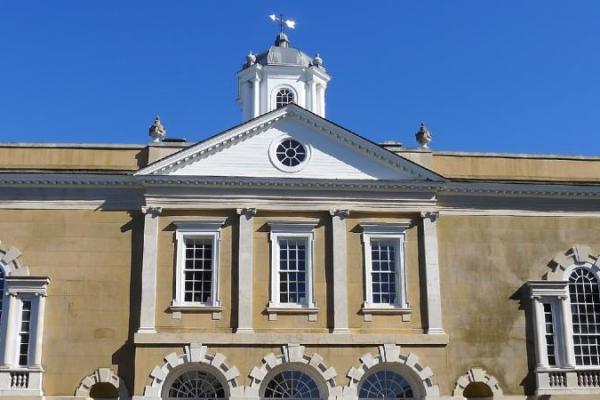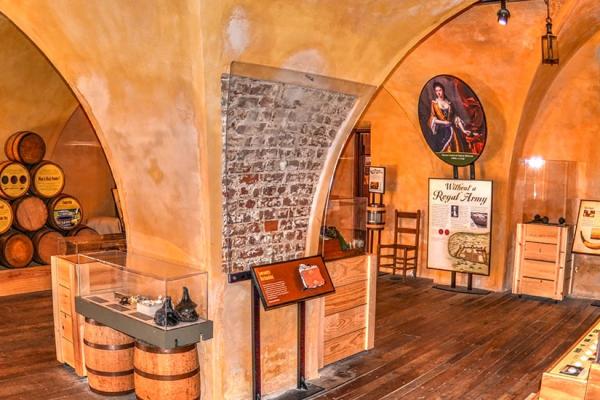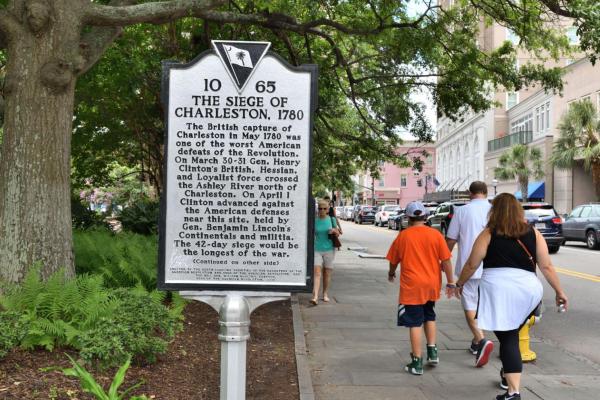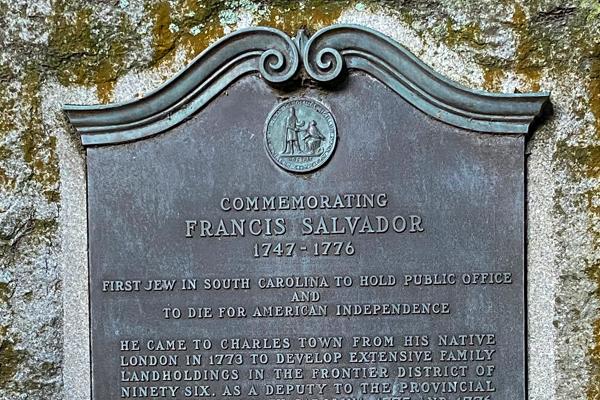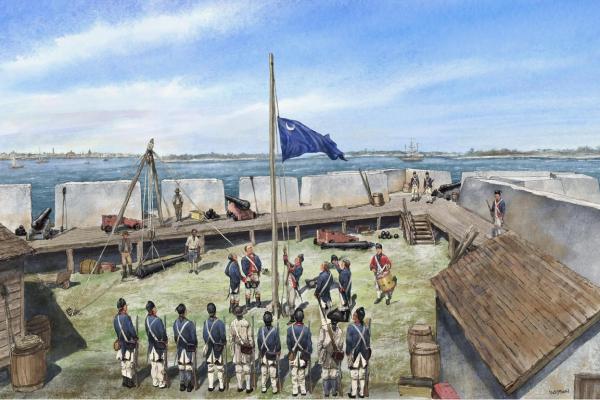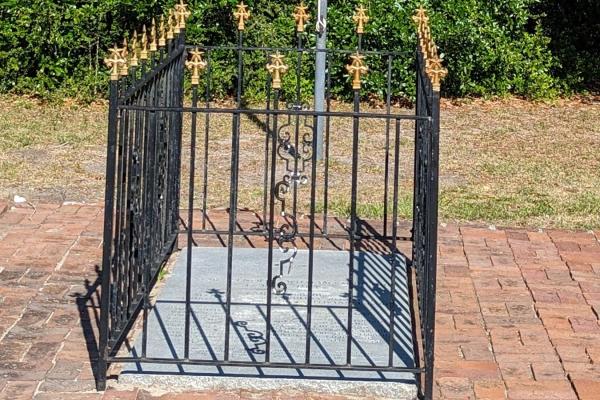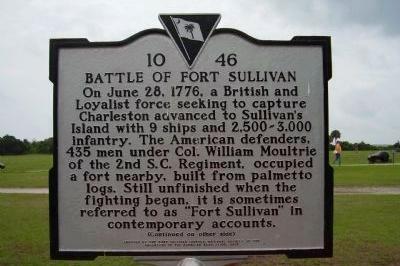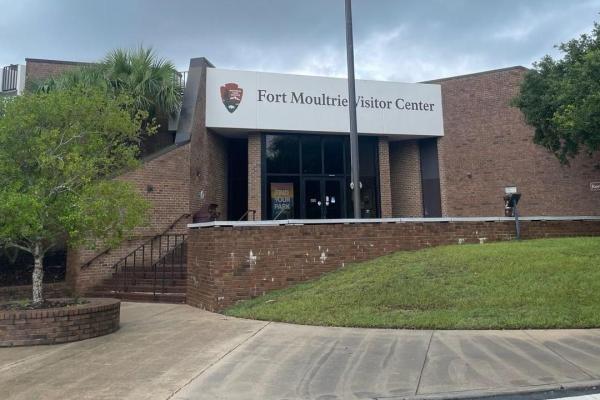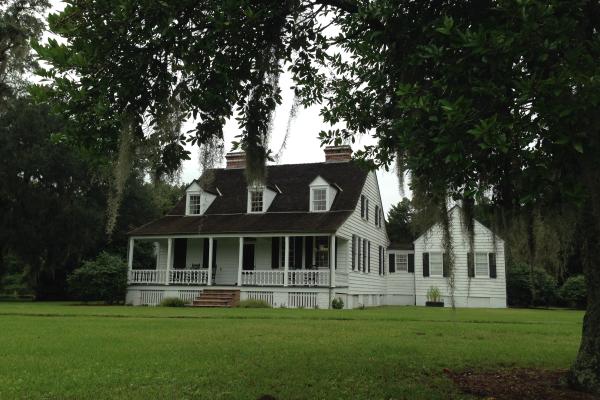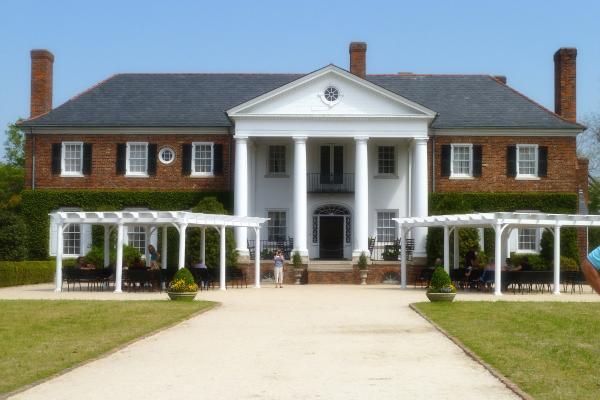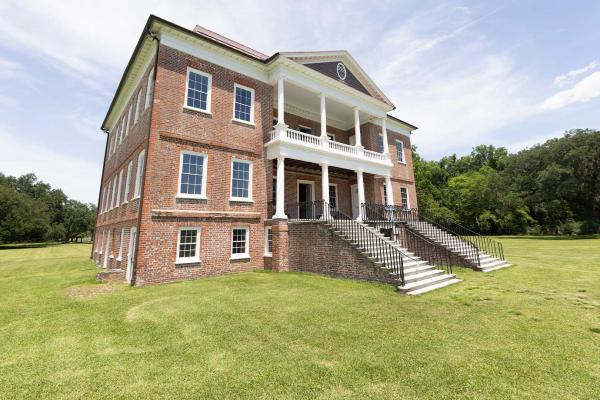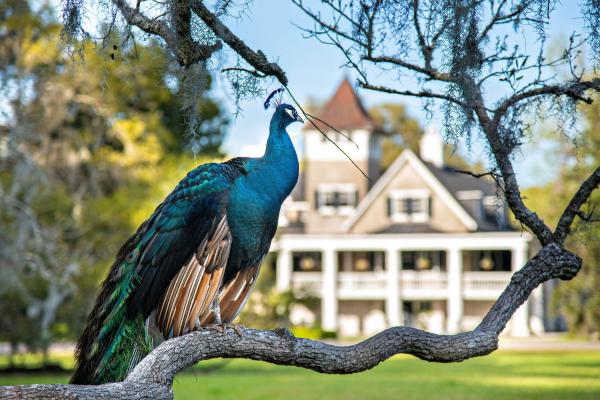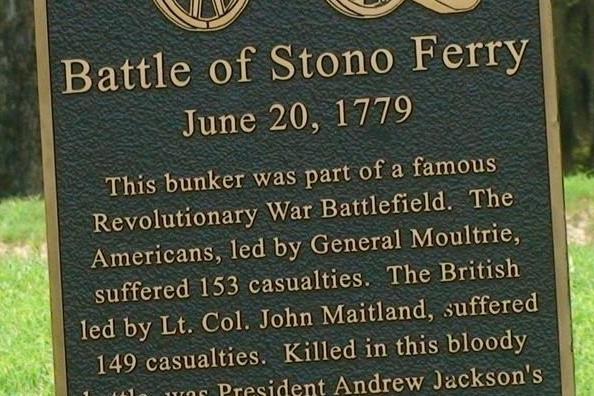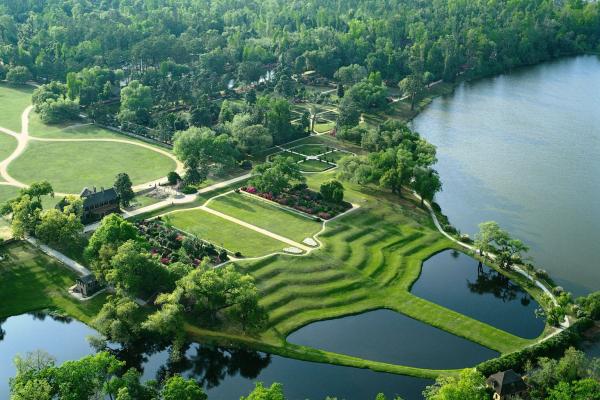The White Point Garden public park certainly provides a scenic slice of Charleston life, with incredible views that span across the intersections of the Ashley and Cooper Rivers. Fort Sumter, Castle Pinckney, and the Sullivan Island Lighthouse can all be spotted in the distance from this downtown region, however, like most public parks and gathering spaces in Charleston, this wide open patch of green space is equally known for its centuries of historical events as it is for its sheer beauty.
An ideal place to take a shaded stroll, admire a waterfront view from a vast line of benches, or just soak up the local monuments and markers that honor the park's more distinctive moments, the White Point Garden, also known as Battery Park, is a must-see destination during any Charleston exploration.
The park is essentially located at the very southern tip of Charleston, abutting the point where the Ashley and Cooper Rivers connect, and merge with the Atlantic Ocean. Intersecting with several downtown "main drags," including South and North Battery Streets, King Street, and Meeting Street, many visitors find that White Point Garden is a naturally easy-to-get-to destination during any walking tour through the heart of the city, and a perfect locale to sit back and enjoy miles of water vistas in virtually every direction.
Tall oak trees and even taller palmettos provide ample shade for a break from the South Carolina sunshine, and a well-designed cross-section of oyster shell-covered walking path veers throughout the heart of the park, passing historical markers and monuments along the way.
While the park is clearly a quiet retreat for folks to enjoy a little peace, it wasn't always so serene, and like many of Charleston's downtown destinations, White Point Garden actually has a long legacy of being at the center of local history.
Pirate History
As early as the 1700s the parcel of waterfront land was well-known in Charleston and even the nation, as the site of some notorious coastal events that would be remembered in the centuries to come. In 1718, the famous "gentleman pirate" Stede Bonnet and his crew were hanged in the center of the park to a public crowd, and a year later, pirate Richard Worley's crew would suffer the same fate.
When colonists first noted the riverbank in the 1670s, the area was simply known as "Oyster Point," and later "White Point" as the waterfront land was covered with oyster shells that were later bleached by the sun, and transformed into a gleaming white color. The area was officially transformed into a public park in 1837, and on this occasion, was given its current name "White Point Garden."
The Garden's Role in War
Despite its longstanding reputation as one of Charleston's most peaceful community commons, White Point Garden has seen much more action than most public parks. The park was occupied by Fort Broughton and Fort Wilkins during the Revolutionary War and the War of 1812, and was lined with cannons along the waterfront borders as a last ditch effort to protect the city of Charleston during an invasion. At the very center of White Point Garden, where the trails intersect, is a towering Fort Moultrie Monument. Also called the "Sergeant Jasper Statue," the monument is essentially a tall likeness of Sergeant William Jasper, a Charleston hero of the Revolutionary War, who led the colonists to victory in an early battle fought on Sullivan's Island on June 28, 1776.
In the Civil War, the park became the site of frenzied military activity once again, as during the evacuation of Charleston, tons of munitions were set off in the empty space to ensure there would be no weapons left behind that could fall into Union hands. The explosions could be seen all over the city, and were dangerously close for many frightened residents - in fact, visitors can still spot a piece of shrapnel stuck in the rafters of the Thomas Roper House which is a souvenir from this mass destruction of ammunition.
Well after the war, however, White Point Garden resumed its intended role as a public park, and over the next century or so, statues and monuments were added to commemorate some of the stormier periods of the park's history. A marker indicating where Stede Bonnet was hanged was added to the northwest corner in 1943, and a number of military relics from different time periods have been added to the site over the decades as well.
An 11" cannon that fired at Fort Sumter in 1863 is located along East Battery Street, while two large Confederate cannons that were originally used in Fort Sumter's defense are stationed nearby. Rare artillery includes a large cannon that was found at Fort Johnson and four Union mortars, weighing roughly 17,000 pounds each. Visitors will also want to admire the rapid-fire gun from a Spanish ship that was used during the Spanish-American War, as well as the rare French cannon of Revolutionary War vintage, both of which are located close to the King Street entrance to the park.
The park is also home to a historic and whimsical bandstand that was constructed in 1907 and hosted seasonal concerts for well over a century. In addition to the historical statues and memorabilia, the park also has plenty of benches, both shaded and lining the waterfront, seasonal gardens, and play areas for kids. In fact, young visitors have been frequently known to climb the large cannon and stack of cannonballs by the park's riverfront borders, while adults relax and enjoy the view.
